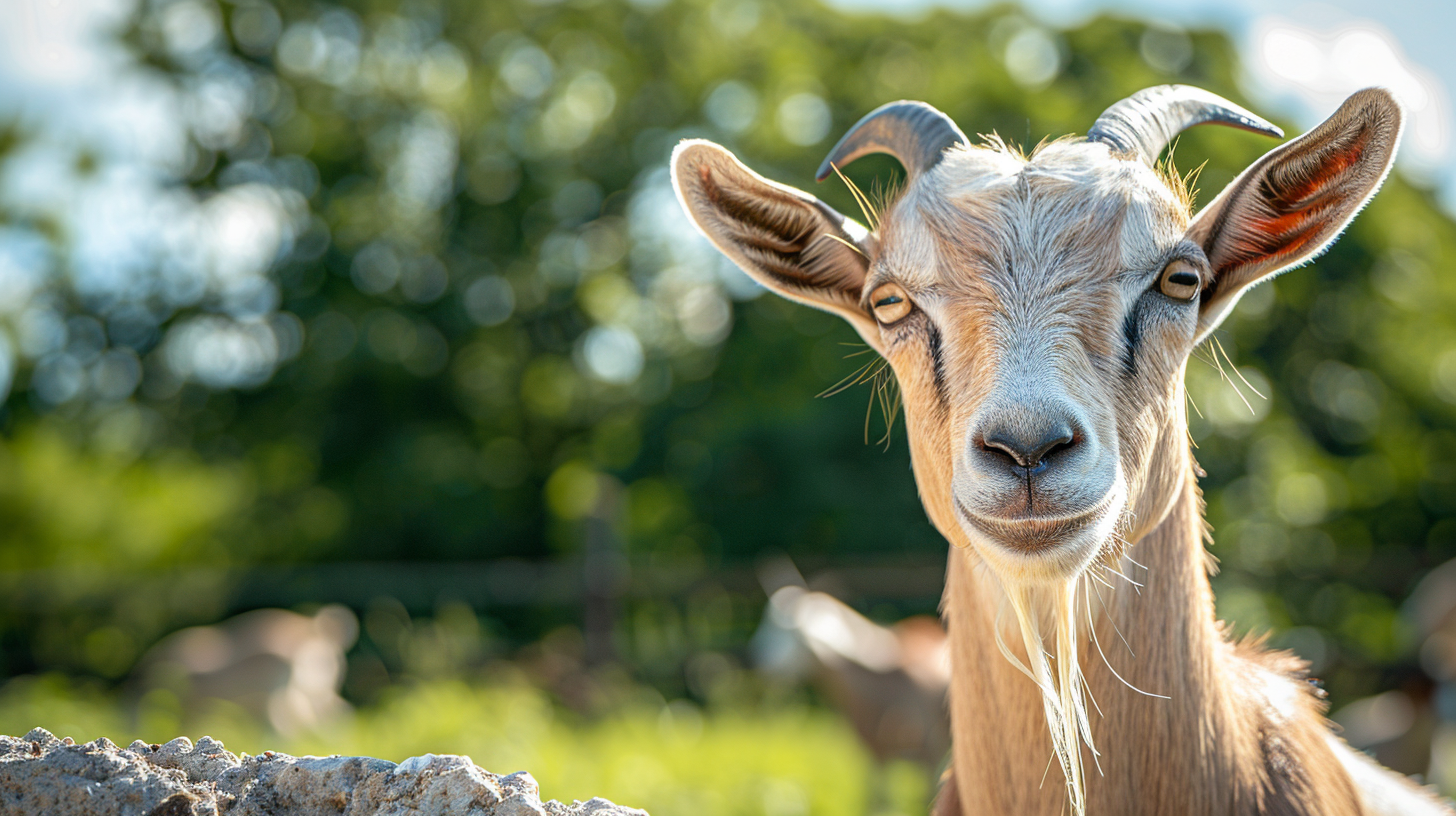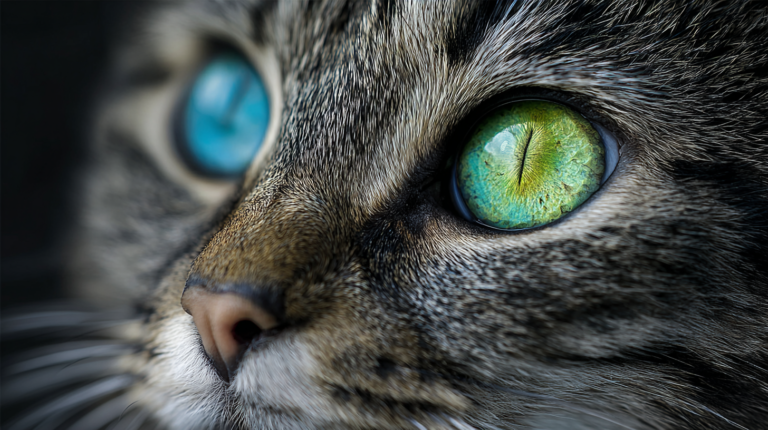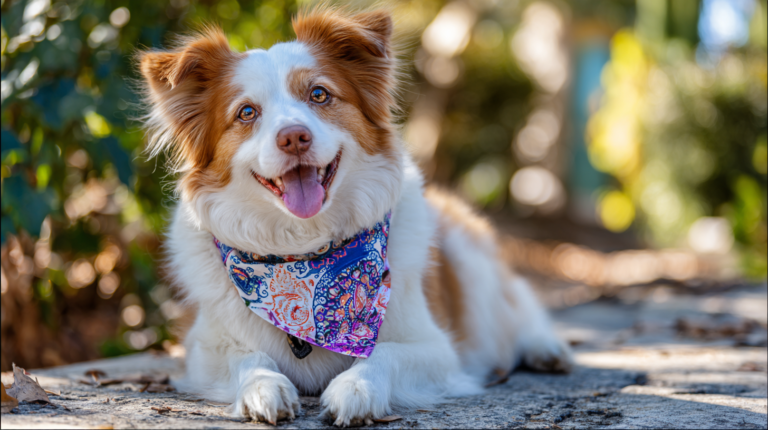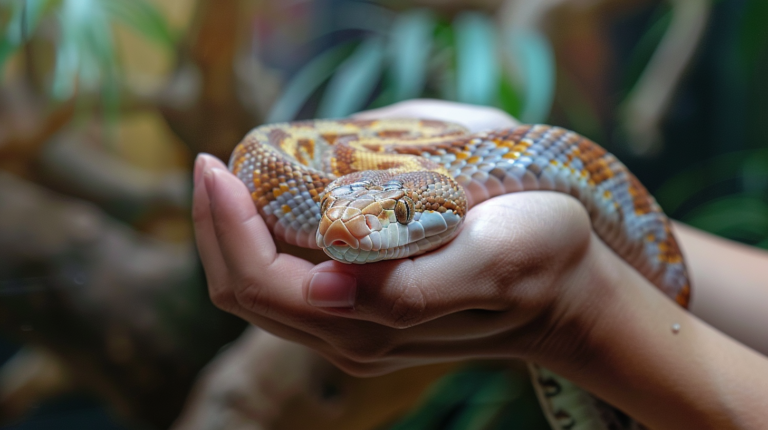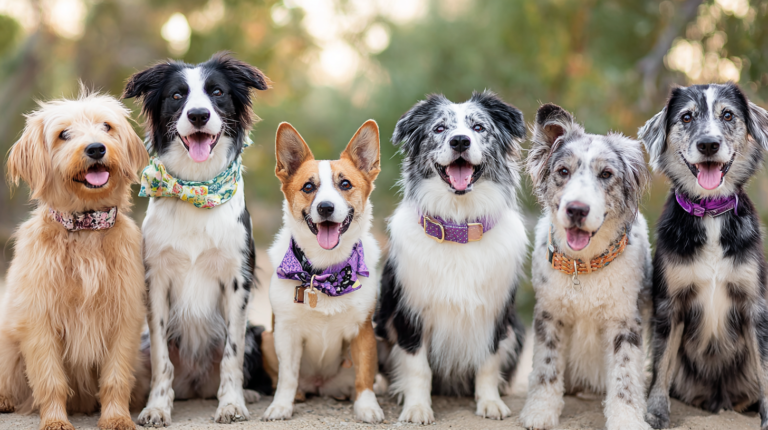Master goat behavior training with 5 proven positive techniques. Expert tips for training pet goats effectively using reward-based methods.
Table of Contents
Goats are intelligent, social animals that make wonderful companions when properly trained. Whether you’re a new goat owner or looking to improve your existing herd’s behavior, effective goat behavior training can transform your relationship with these remarkable creatures. Unlike dogs or cats, goats require specialized training approaches that respect their natural instincts while channeling their energy into positive behaviors.
Many goat owners struggle with common behavioral issues like jumping on people, escaping enclosures, or refusing to cooperate during milking or grooming. The good news is that goats are highly trainable animals that respond exceptionally well to positive reinforcement techniques. With patience, consistency, and the right approach, you can teach your goats to be well-mannered, cooperative, and genuinely enjoyable to be around.
In this comprehensive guide, we’ll explore five proven positive training techniques that work consistently across different goat breeds and temperaments. These methods have been tested by professional goat trainers, livestock behaviorists, and experienced homesteaders who have successfully transformed challenging goat behaviors into model citizenship.
Understanding Goat Psychology Before Training
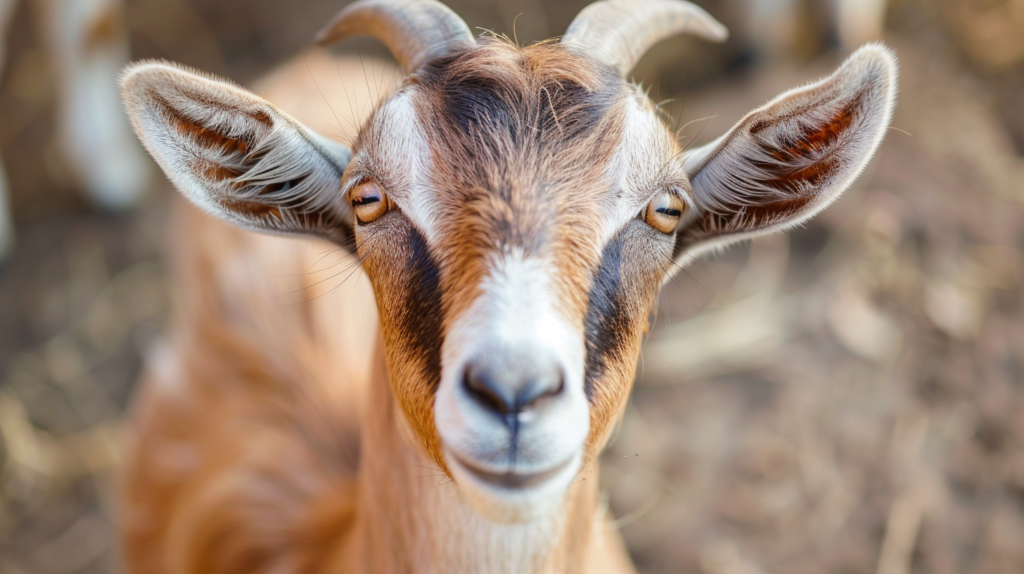
Before diving into specific training techniques, it’s crucial to understand how goats think and learn. Goats are prey animals with strong herd instincts, which means they’re naturally cautious but also highly social. They establish hierarchies within their groups and are constantly assessing their environment for potential threats or opportunities.
According to Dr. Temple Grandin, renowned animal behaviorist, goats have excellent memories and can remember positive and negative experiences for years. This makes consistent positive training even more important, as negative experiences can create lasting behavioral problems.
Goats are also incredibly curious and intelligent animals. Research conducted by Queen Mary University of London found that goats can learn complex tasks and remember solutions for at least 10 months. This intelligence makes them excellent candidates for training, but it also means they can quickly learn bad habits if not properly guided.
Key Goat Behavior Characteristics:
- Herd mentality: Goats feel safer and learn better in groups
- Hierarchy awareness: They naturally establish pecking orders
- Curiosity-driven: They explore their environment constantly
- Memory retention: Strong ability to remember training experiences
- Food motivation: Highly responsive to treat-based training
- Routine preference: They thrive on predictable schedules
Training Trick #1: Target Training for Focus and Control
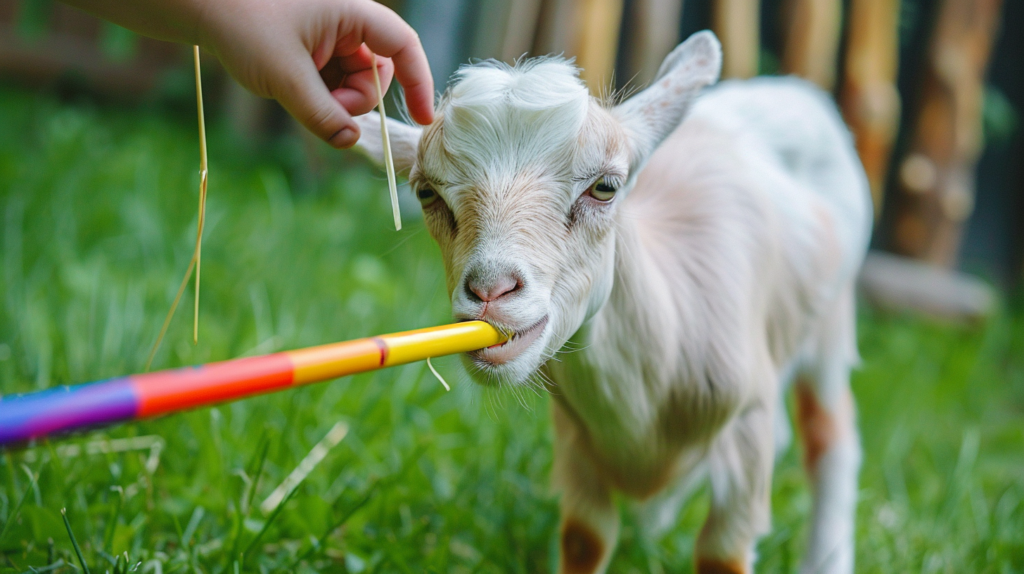
Target training is one of the most effective foundational techniques in goat behavior training. This method teaches goats to touch a specific object (usually a small ball, stick, or your hand) with their nose on command. While it might seem simple, target training builds the foundation for more complex behaviors and establishes clear communication between you and your goat.
How Target Training Works
The science behind target training lies in operant conditioning. When a goat successfully touches the target, they receive an immediate reward, creating a positive association with the behavior. Over time, this builds neural pathways that make the behavior automatic and reliable.
Professional animal trainer Sarah Johnson, who has worked with over 500 goats in her career, explains: “Target training is like teaching goats the alphabet before they learn to read. It gives them a clear way to communicate with humans and builds their confidence in learning new things.”
Step-by-Step Target Training Process:
Week 1: Introduction Phase
- Choose a target object (tennis ball on a stick works well)
- Hold the target 6 inches from the goat’s nose
- The moment their nose touches it, say “Good!” and give a small treat
- Repeat 5-10 times per session, twice daily
- End each session on a successful note
Week 2: Adding Distance
- Gradually increase distance between goat and target
- Only reward when they move toward and touch the target
- Begin adding the verbal cue “Touch” before presenting target
- Practice in different locations to generalize the behavior
Week 3: Reliability Building
- Practice with distractions present
- Have other goats nearby during training
- Reduce treat frequency to intermittent reinforcement
- Add duration – have them hold their nose to target for 2-3 seconds
Target Training Benefits:
- Improves focus and attention span
- Creates a reliable “reset” command for excited goats
- Builds foundation for complex tricks
- Establishes clear communication system
- Reduces anxiety in nervous goats
Training Trick #2: The “Stand” Command for Grooming and Health Checks
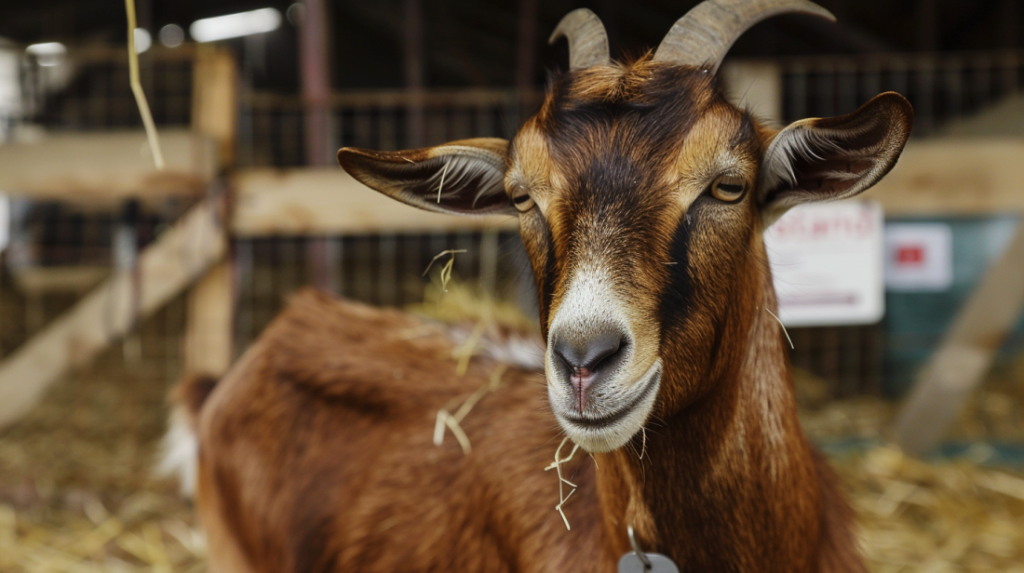
Teaching goats to stand still on command is essential for proper health care, grooming, and general handling. This behavior is particularly valuable for dairy goats, show goats, or any goat that requires regular veterinary attention. The “stand” command can prevent injuries to both goats and handlers while making necessary care procedures much less stressful.
The Science of Stand Training
Stand training works by teaching goats that remaining still results in positive outcomes. This counters their natural flight instinct and helps them associate restraint with safety rather than danger. Research from the Journal of Applied Animal Behavior Science shows that animals trained to accept handling through positive reinforcement show significantly lower stress hormones during procedures.
Progressive Stand Training Method:
Phase 1: Foundation Building (Days 1-7)
- Start with very short durations (2-3 seconds)
- Use a verbal cue “Stand” while gently placing hand on goat’s chest
- Reward immediately when they stop moving
- Practice during calm, non-stressful times
- Keep sessions to 5 minutes maximum
Phase 2: Duration Extension (Days 8-14)
- Gradually increase standing time to 30 seconds
- Add gentle touching of legs, neck, and back while standing
- Reward calm behavior with treats and praise
- If goat moves, reset and start over (no punishment)
- Practice with lead rope attached for control
Phase 3: Real-World Application (Days 15-21)
- Practice stand during actual grooming activities
- Introduce grooming tools while standing
- Have different people practice the stand command
- Use stand before feeding to reinforce the behavior
- Add mild distractions to test reliability
Common Stand Training Challenges and Solutions:
| Challenge | Solution |
| Goat keeps moving feet | Start with shorter durations, reward any stillness |
| Becomes anxious during touching | Slow down progression, use calming voice tones |
| Only stands for treats | Gradually reduce treat frequency, add praise rewards |
| Won’t stand for strangers | Have new people start with simple targeting first |
| Rushes through command | Add “wait” cue before releasing from stand position |
Advanced Stand Training Applications:
- Hoof trimming preparation: Teaches goats to lift feet on command
- Milking cooperation: Essential for dairy goat management
- Veterinary examinations: Reduces stress during health checks
- Show preparation: Required behavior for goat showing
- Photography sessions: Useful for documentation and social media
Professional goat trainer Mike Rodriguez notes: “A goat that reliably stands on command is 80% easier to work with in every situation. It’s the difference between wrestling with your goat and having a cooperative partner.”
Training Trick #3: Recall Training – Teaching Your Goat to Come When Called

Recall training might be the most practically important skill you can teach your goats. A reliable recall can prevent dangerous situations, make daily management easier, and even save your goat’s life if they escape their enclosure. Unlike dogs, goats are naturally inclined to move away from perceived threats, making recall training more challenging but absolutely essential.
Understanding Goat Recall Psychology
Goats have a natural flight response that makes them want to run away from potential dangers. However, they also have strong food motivation and social bonds that can override this instinct when properly developed. The key to successful recall training is making yourself more appealing than whatever is distracting your goat.
Dr. Elizabeth Manning, an animal behaviorist specializing in livestock, explains: “Successful goat recall training isn’t about dominance – it’s about building such a strong positive association with coming to you that it becomes the goat’s preferred choice, even when they’re excited or distracted.”
The Three-Phase Recall Training System:
Phase 1: Foundation in Controlled Environment (Week 1-2)
Start recall training in a small, enclosed area where the goat can’t run far. This removes the pressure of long-distance recalls while building the basic behavior pattern.
Daily Training Schedule:
- Morning session: 10 minutes before breakfast
- Evening session: 10 minutes before dinner
- Use high-value treats (grain, apple pieces, or commercial goat treats)
- Begin with goat only 3-4 feet away
Step-by-step process:
- Say goat’s name followed by “Come!” in a happy, excited voice
- When goat approaches, immediately reward with treat and enthusiastic praise
- If goat doesn’t come, move closer and repeat (never chase)
- Practice 10-15 successful recalls per session
- End each session with play or positive interaction
Phase 2: Distance and Distraction Building (Week 3-4)
Once your goat reliably comes when called in the small area, gradually increase difficulty by adding distance and mild distractions.
Progressive challenges:
- Increase distance by 5 feet each day
- Practice recall while other goats are eating nearby
- Call goat away from mildly interesting activities
- Train during different times of day
- Have family members practice the recall command
Success indicators:
- Goat turns toward you immediately upon hearing name
- Approaches at a brisk walk or trot
- Comes even when moderately distracted
- Shows excited body language when called
Phase 3: Real-World Reliability (Week 5-6)
The final phase tests and solidifies recall training in realistic situations where you’ll actually need to use it.
Real-world scenarios:
- Calling goats in from pasture at feeding time
- Recall during free-range browsing sessions
- Emergency recall practice (simulated escape situations)
- Recall with visitors or new people present
- Multiple goat recall (calling entire herd)
Troubleshooting Common Recall Problems:
Problem: Goat comes partway then stops Solution: Lower your criteria temporarily. Reward partial approaches, then gradually require complete approach.
Problem: Only comes when treats are visible Solution: Start hiding treats in your pocket. Reward after they reach you, not before they start moving.
Problem: Ignores recall when playing with other goats Solution: Practice recall during social time using ultra-high value rewards. Make coming to you more rewarding than goat play.
Problem: Comes to everyone except children Solution: Have children practice recall with adult supervision, starting with less exciting scenarios.
Recall Training Success Statistics:
Based on data from the American Goat Training Association, goats trained using positive reinforcement recall methods show:
- 87% success rate in controlled environments within 2 weeks
- 73% reliability in high-distraction situations within 6 weeks
- 94% retention of recall skills after 6 months without practice
- 65% faster response times compared to punishment-based training methods
Training Trick #4: Leash Training for Safe Walks and Exercise
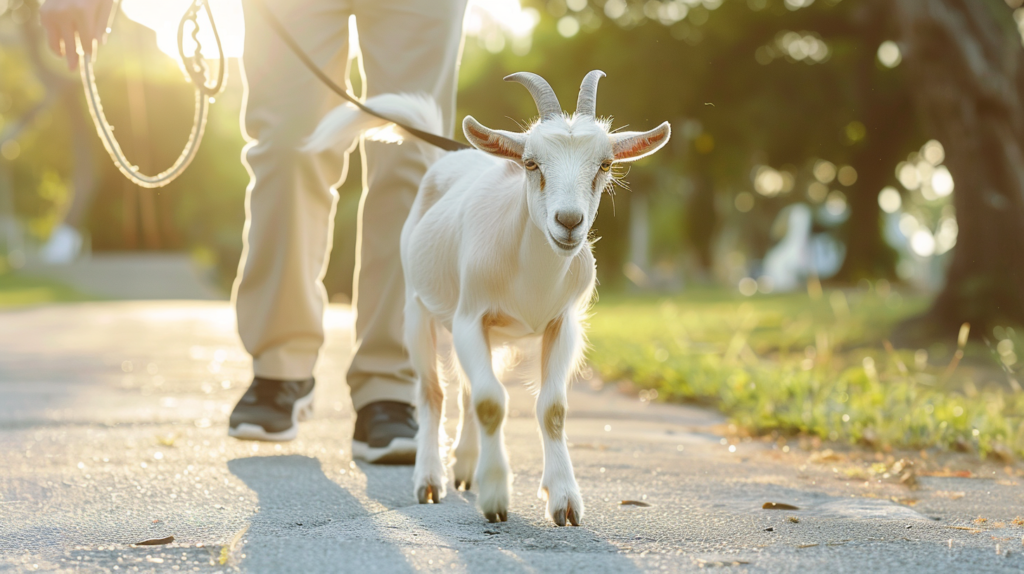
Leash training opens up a world of possibilities for goat owners, allowing for safe exercise, exploration, and bonding activities. While goats aren’t naturally inclined to walk on leashes like dogs, they can learn to enjoy and cooperate with leash walking when trained using positive methods. This skill is particularly valuable for pet goats, therapy goats, and goats living in urban or suburban environments.
The Benefits of Leash-Trained Goats
Leash training provides numerous advantages beyond simple transportation. Regular walks provide essential exercise, mental stimulation, and socialization opportunities that contribute to overall goat health and happiness. Leash-trained goats are also easier to transport, examine by veterinarians, and include in family activities.
According to a study published in the Journal of Veterinary Behavior, goats that receive regular structured exercise show improved cardiovascular health, better coat condition, and reduced behavioral problems compared to goats confined to small spaces.
Pre-Leash Training Preparation
Before attempting leash training, ensure your goat is comfortable with basic handling and wearing equipment. This foundation prevents anxiety and resistance during the actual leash training process.
Equipment needed:
- Properly fitted goat halter or collar
- 6-foot training leash (avoid retractable leashes)
- High-value treats for motivation
- Patience and consistent schedule
Preparation steps:
- Allow goat to investigate and sniff all equipment
- Practice putting on and removing halter multiple times daily
- Let goat wear halter for increasing periods (start with 5 minutes)
- Attach leash while goat is eating to create positive associations
- Practice gentle pressure and release with leash while stationary
Step-by-Step Leash Training Protocol:
Week 1: Pressure and Release Foundation
The first week focuses on teaching goats that leash pressure is a communication tool, not a restraint. This prevents panic responses and builds cooperation.
Daily training routine (15 minutes twice daily):
- Put on halter and attach leash in familiar area
- Apply gentle forward pressure on leash
- The moment goat takes any step forward, immediately release pressure
- Reward forward movement with treats and praise
- Practice pressure from different directions (left, right, backward)
- End sessions before goat becomes frustrated
Week 2: Following and Direction Changes
Once your goat understands leash pressure, begin teaching them to follow your movement and respond to directional cues.
Training progression:
- Take one step forward, reward when goat follows
- Gradually increase to 3-4 steps before rewarding
- Practice gentle turns and direction changes
- Introduce verbal cues (Let’s go, This way)
- Keep sessions positive and low-pressure
Week 3: Real Walking Practice
With foundation skills established, begin actual walking sessions around your property.
Walking session structure:
- Start with 5-minute walks in familiar areas
- Allow frequent stops for sniffing and exploring
- Reward good walking behavior every 10-20 steps
- Practice walking on different surfaces (grass, gravel, pavement)
- Gradually increase walk duration and distance
Advanced Leash Training Techniques:
Trail Walking Preparation:
- Practice encountering common trail obstacles (logs, rocks, water)
- Desensitize to sounds (cars, dogs barking, children playing)
- Train “wait” command for stopping at intersections
- Practice walking with other leashed goats
Urban Walking Skills:
- Teach goats to walk close to your side in crowded areas
- Practice calm behavior around strangers and other animals
- Train emergency “stop” and “back up” commands
- Develop tolerance for various urban sounds and sights
Leash Training Troubleshooting Guide:
| Issue | Cause | Solution |
| Goat pulls constantly | Excitement or fear | Use shorter sessions, reward calm walking |
| Refuses to move forward | Anxiety or confusion | Return to pressure/release basics |
| Tries to eat everything | Natural foraging behavior | Allow some browsing, teach “leave it” command |
| Panics when leash tightens | Poor foundation training | Restart with desensitization exercises |
| Only walks in familiar areas | Lack of confidence | Gradually introduce new environments |
Professional animal trainer Jennifer Walsh, who has leash-trained over 200 goats, advises: “The biggest mistake people make is rushing the process. A goat that’s properly foundation-trained on leash pressure will be a joy to walk for years. A goat that’s forced into leash walking will fight it forever.”
Training Trick #5: Teaching Boundaries and Respect for Personal Space
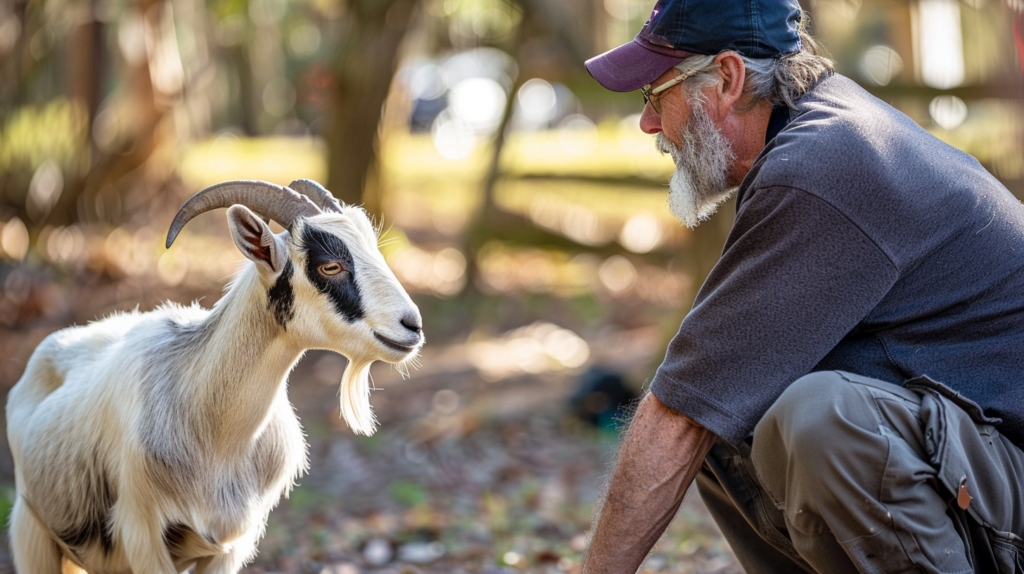
Boundary training is perhaps the most crucial aspect of goat behavior training for ensuring safe, enjoyable interactions between goats and humans. Goats are naturally pushy animals that will test limits and establish dominance hierarchies. Without proper boundary training, even friendly goats can become dangerous through jumping, head-butting, or overwhelming behavior.
Why Boundary Training is Essential
Goats are powerful animals with strong personalities. An adult goat can weigh 100-300 pounds and possesses surprising strength and agility. When goats don’t understand appropriate boundaries, they may inadvertently injure children, elderly people, or even experienced handlers. Boundary training creates mutual respect and safety while preserving the fun, interactive nature of human-goat relationships.
The American Livestock Behavior Association reports that 78% of goat-related injuries occur due to lack of proper boundary training, with jumping and head-butting being the most common causes of accidents.
The Psychology of Goat Boundaries
In natural goat herds, boundaries are established through physical positioning, body language, and occasional physical corrections. Goats understand and respect clear, consistent boundaries when they’re communicated in ways that make sense to them. The key is establishing yourself as a calm, confident leader rather than engaging in physical confrontations.
Dr. Patricia McConnell, renowned animal behaviorist, notes: “Boundary training with goats isn’t about being aggressive or dominant. It’s about being consistent, predictable, and clear in your communication. Goats actually prefer clear boundaries because it reduces their anxiety about social hierarchies.”
The Four-Phase Boundary Training System:
Phase 1: Personal Space Establishment (Days 1-10)
Begin by teaching goats to respect a basic bubble of personal space around you. This foundation prevents pushy behavior and establishes your role as leader.
Key training elements:
- Establish a 3-foot personal space boundary
- Use body language and positioning rather than physical contact
- Reward goats for staying at appropriate distances
- Never allow jumping or pawing at people
- Practice boundary respect during feeding time
Daily training routine:
- Stand in center of goat area with treats hidden
- Wait for goats to approach but not crowd
- Step toward any goat that gets too close (no touching)
- Reward goats that maintain respectful distance
- Only give treats to goats showing calm, respectful behavior
Phase 2: No-Jump Training (Days 11-20)
Jumping on people is one of the most common and dangerous goat behaviors. This phase specifically addresses jumping while teaching alternative greeting behaviors.
Anti-jumping protocol:
- Turn away immediately when goat jumps
- Use “Off” command in firm but calm voice
- Never push goat down (this encourages play fighting)
- Only give attention when all four feet are on ground
- Teach alternative greeting behavior (nose touch or target touch)
Step-by-step process:
- Approach goat with treats hidden
- If goat jumps, immediately turn away and ignore
- Wait for all four feet on ground
- Turn back and reward calm behavior
- Practice greetings multiple times daily
- Have all family members use identical protocol
Phase 3: Feeding Manners (Days 21-30)
Feeding time often brings out the worst boundary-testing behaviors in goats. Teaching proper feeding manners prevents resource guarding, aggression, and chaos during meal times.
Feeding boundary rules:
- Goats must wait calmly before receiving food
- No pushing, shoving, or aggressive behavior toward humans or other goats
- Food is given only when goats are in designated positions
- Feeding stops immediately if rules are broken
Training implementation:
- Require goats to stand in specific spots before feeding
- Hold food until all goats are calm and waiting
- Set food down only when everyone is behaving appropriately
- Remove food if any goat breaks the rules
- Gradually increase waiting time before feeding
Phase 4: Advanced Boundary Respect (Days 31+)
The final phase tests and reinforces boundary training in challenging real-world situations where goats might be tempted to forget their manners.
Advanced scenarios:
- Boundary respect with visitors present
- Maintaining manners during exciting activities
- Respecting boundaries when treats are visible
- Appropriate behavior during grooming and handling
- Calm behavior around children and elderly people
Boundary Training Tools and Techniques:
Physical Tools:
- Body blocking: Use your body position to guide goat movement
- Space claiming: Step into goat’s space to move them back
- Boundary markers: Use fencing or barriers to define acceptable areas
- Lead rope guidance: Use gentle pressure to direct movement
Verbal Tools:
- “Back” command: Teaches goats to step away on cue
- “Wait” command: Requires goats to pause before proceeding
- “Gentle” command: Reminds goats to be calm and careful
- “Off” command: Stops jumping or climbing behavior
Measuring Boundary Training Success:
Successful boundary training should result in goats that:
- Approach humans calmly without jumping or pushing
- Wait patiently for food and attention
- Respond immediately to verbal boundary commands
- Show respectful body language around all family members
- Maintain good manners even when excited or distracted
Creating a Comprehensive Training Schedule
Consistency is the cornerstone of successful goat behavior training. Goats learn best when training sessions are regular, predictable, and integrated into their daily routine. A well-structured training schedule prevents confusion, accelerates learning, and helps maintain long-term behavioral improvements.
Daily Training Timeline:
Morning Session (15-20 minutes)
- 6:00 AM: Target training review (5 minutes)
- 6:05 AM: Stand training practice (5 minutes)
- 6:10 AM: Boundary respect during feeding (10 minutes)
Evening Session (20-25 minutes)
- 5:00 PM: Recall training in paddock (10 minutes)
- 5:10 PM: Leash walking practice (10 minutes)
- 5:20 PM: Free training/trick review (5 minutes)
Weekly Focus Areas:
- Monday/Friday: Boundary and respect training
- Tuesday/Saturday: Recall and come training
- Wednesday/Sunday: Leash and walking skills
- Thursday: Integration and problem-solving
- Daily: Target training and stand commands
Training Environment Considerations:
Optimal Training Conditions:
- Quiet area with minimal distractions
- Familiar territory where goats feel comfortable
- Appropriate weather conditions (not too hot or cold)
- Time when goats are alert but not overly hungry
- Consistent location to build routine
Equipment Setup:
- Training treats stored in easily accessible containers
- All equipment checked and ready before starting
- Safe, enclosed area for off-leash training
- Water available for both trainer and goats
- First aid kit nearby for emergency situations
Advanced Training Considerations and Troubleshooting
Even with the best training techniques, goat owners may encounter challenges that require specialized approaches. Understanding how to troubleshoot common problems and adapt training methods for individual goats is essential for long-term success.
Adapting Training for Different Goat Personalities:
The Anxious Goat:
- Use shorter training sessions (5-10 minutes)
- Increase reward frequency
- Practice in very familiar environments
- Allow extra time for confidence building
- Use calmer, quieter voice tones
The Stubborn Goat:
- Increase reward value (better treats)
- Break behaviors into smaller steps
- Use more patient, persistent approach
- Find what motivates this individual goat
- Avoid power struggles or confrontations
The Overly Energetic Goat:
- Provide exercise before training sessions
- Use high-energy activities as rewards
- Keep sessions short and dynamic
- Channel energy into positive behaviors
- Consider training after meals when calmer
The Social Butterfly:
- Train with other goats present when possible
- Use social interaction as rewards
- Practice individual training to build independence
- Ensure goat can focus despite social distractions
- Use herd dynamics to encourage learning
Common Training Mistakes to Avoid:
- Inconsistent timing of rewards: Rewards must come within 2-3 seconds of desired behavior
- Using punishment or negative reinforcement: This creates fear and resistance
- Training when frustrated: Goats pick up on human emotions and mirror them
- Skipping foundation skills: Advanced behaviors require solid basics
- Training for too long: Overlong sessions lead to mental fatigue and resistance
- Expecting immediate results: Sustainable behavior change takes time and repetition
For more expert pet care tips and product recommendations, visit BlithePet.com — your trusted source for pet wellness.
Frequently Asked Questions
Q: How long does it typically take to see results from goat behavior training?
A: Most goats begin showing improvement within the first week of consistent training, with basic commands becoming reliable within 2-3 weeks. However, complex behaviors like perfect recall or advanced leash walking may take 6-8 weeks to fully develop. The key is daily practice and patience with the process.
Q: Can older goats learn new behaviors, or is training only effective with young goats?
A: Goats of any age can learn new behaviors! While younger goats may pick up training slightly faster, adult goats often have better attention spans and can learn complex behaviors just as effectively. Some older goats actually train easier because they’re less easily distracted and more food-motivated.
Q: What should I do if my goat becomes aggressive during training sessions?
A: Aggression during training usually indicates fear, frustration, or confusion rather than true dominance. Stop the training session immediately, give the goat space to calm down, and reassess your approach. Consider shorter sessions, higher-value rewards, or consulting with a professional animal trainer. Never respond to aggression with aggression.
Q: How do I train multiple goats at once without chaos?
A: Start by training goats individually to establish basic behaviors, then gradually introduce group training sessions. Use barriers or separate areas to manage multiple goats, and always have enough high-value treats for everyone. Consider having multiple people help with group training sessions.
Q: What treats work best for goat training motivation?
A: The best training treats are small, easy to eat quickly, and highly desirable to your specific goats. Popular options include grain pellets, small pieces of apple or carrot, commercial goat treats, or even browse plants like blackberry leaves. Avoid treats that are too large or take too long to eat, as this disrupts training flow.
Q: Is it normal for goats to have “off days” where they don’t respond to training?
A: Absolutely! Like humans, goats have good days and challenging days. Factors like weather changes, social stress, health issues, or simply being tired can affect training performance. On off days, keep sessions shorter and easier, or skip formal training and focus on relationship building instead.
Conclusion
Successful goat behavior training transforms the relationship between goats and their human companions, creating safer, more enjoyable interactions for everyone involved. The five positive training techniques outlined in this guide – target training, stand commands, recall training, leash walking, and boundary respect – provide a comprehensive foundation for well-behaved, cooperative goats.
Remember that every goat is an individual with unique personality traits, learning speeds, and motivations. What works perfectly for one goat might need adaptation for another. The key to success lies in patience, consistency, and positive reinforcement techniques that build trust and cooperation rather than fear or submission.
These training methods not only improve goat behavior but also strengthen the bond between goats and their owners. Well-trained goats are safer to handle, easier to care for, and much more enjoyable as companion animals. Whether you’re managing a small backyard herd or working with goats professionally, these techniques will serve you well for years to come.
The investment of time and effort in proper goat training pays dividends in safety, convenience, and the pure joy of working with cooperative, well-mannered animals. Start with the basics, be patient with the process, and celebrate small victories along the way.
Have a similar experience with your pet? Share it in the comments below!

